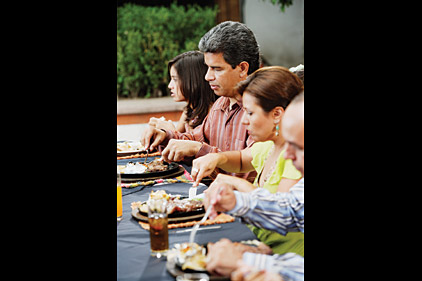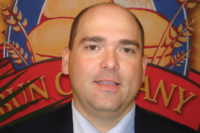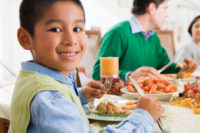What can bakers do to improve the health of Hispanics? Plenty, and they should do it quickly.
Why the urgency? According to the Centers for Disease Control and Prevention (CDC), Latinos—males and females of all ages—have among the highest obesity rates in the United States. As a result, they often experience one of the most severe consequences of obesity, too: Type 2 diabetes.
Hispanic diets are typically high in calories, ranging from 3,000 to 5,000. Fresh fruits and vegetables, whole-grain foods and low-fat dairy products and protein are often only a small part of their daily diet.
The deterioration of the quality of the Hispanic diet occurs as Latinos become more acculturated into mainstream America. This process is typically characterized by a more sedentary lifestyle (more time spent indoors) and changes in dietary patterns (larger food portions). The effects of acculturation are shown in National Dietary Survey data, which reveals that Hispanics whose primary language is Spanish (less acculturated) tend to have a healthier diet (lower consumption of fat, saturated fats and cholesterol) than English-speaking households and second-generation Hispanics, whose diets tend to resemble those of nonHispanic America households.
According to the U.S. Census Bureau, the acquired diet of many Hispanics in the U.S. is influenced by the traditional eating patterns of their home countries, as well as by the dietary practices of the adopted communities in which they live. In addition, family life continues to occupy a central place in Hispanic culture and influences dietary behaviors through the home preparation of meals and the practice of families eating together.
With this in mind, how can the baking industry help Hispanic families build in a balanced nutrition plan? Consider the following tips when trying to make a difference in the diets of the Hispanic families you serve:
• Overcome barriers to wellness—Lack of time, money, support, tools and nutritional knowledge are just a few of the barriers that you need to consider when reaching out to Latinos.
• Consider creating or incorporating cultural wellness—Have a realistic view of the cultural differences, especially when communicating and promoting new products to Latinos.
• Create a support system—Create resource tools that will help make the transition to a healthier lifestyle easier and more enjoyable for Latinos.
• Establish wellness programs—Gather data about health and wellness practices to create strong wellness programs geared specifically to Latinos’ health issues. For instance, Fuel Up to Play 60 (FuelUpToPlay60.com), Let’s Move (Letsmove.gov), the Presidential Youth Fitness Program (PYFP.org) and the GENYOUth Foundation (Genyouthfoundation.org) place students at the forefront in helping to make and participate in healthy lifestyle changes. Programs like these can become a perfect medium for the baking and snack industries to start making a difference with Hispanic consumers.
• Communicate—Take a leadership role in communicating a link between nutrition and well-being, while incorporating your products.
• Evaluate the results—Nothing speaks louder than significant results. Evaluate the impact you are making and incorporate results into your marketing messages.
The current Latino health crisis requires the immediate attention of all stakeholders: The government, community leaders and private and nonprofit sectors. Reducing obesity among Latinos will significantly lower the rate of chronic diseases such as diabetes Type 2, as well as healthcare costs, among this demographic. Developing and promoting effective solutions for such health issues for millions of Latinos in the U.S. will require collaboration. This gives the baking and snack industries an opportunity to engage in the development of new initiatives and opportunities to address the obesity crisis in communities across the U.S.
Sylvia Klinger, MS, RD, LDN, a food and culinary consultant and founder of Hispanic Food Communications in Hinsdale, Ill., was assisted this month by Livia Ly, a dietetic student at the University of Illinois, Chicago.




